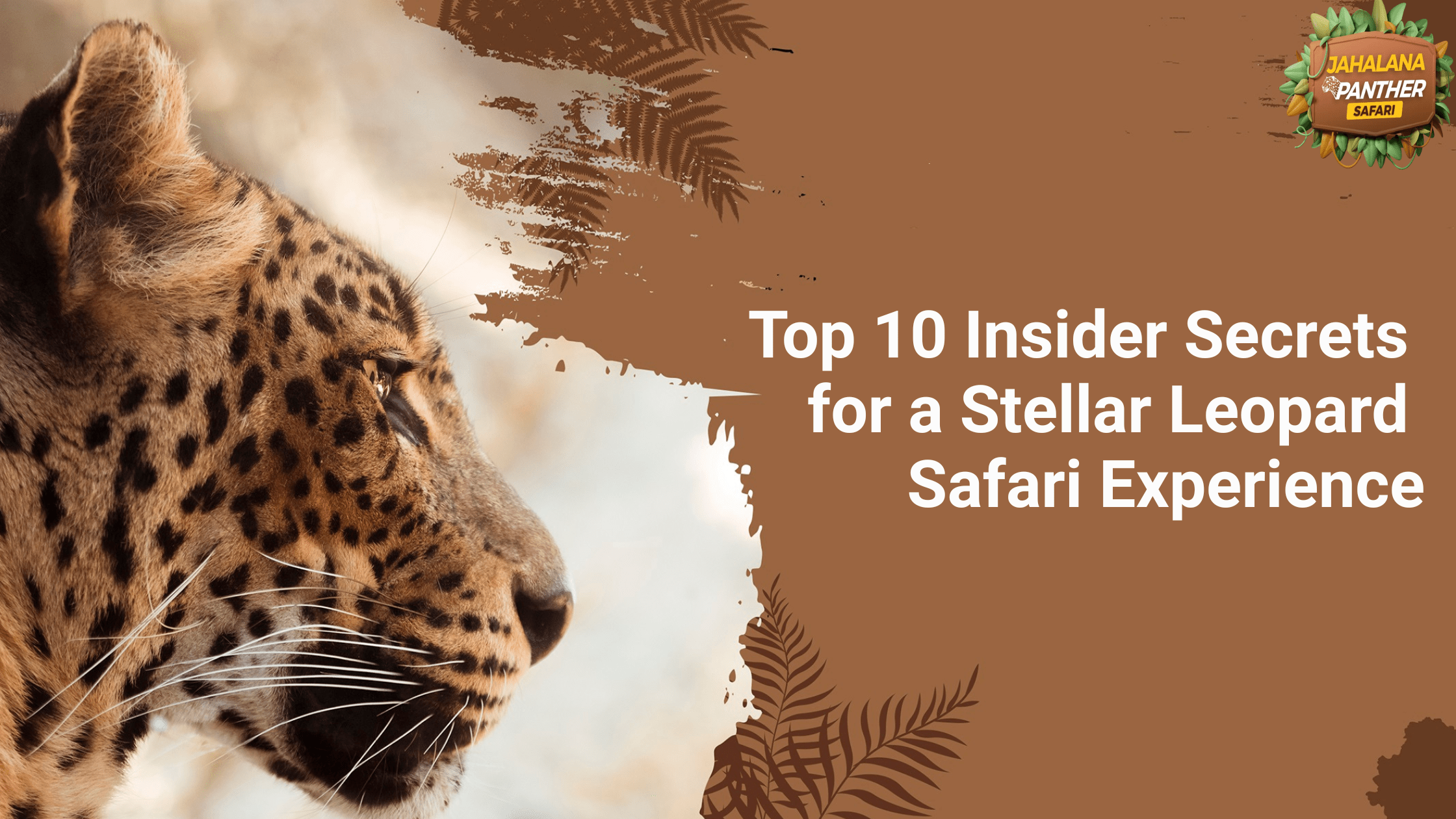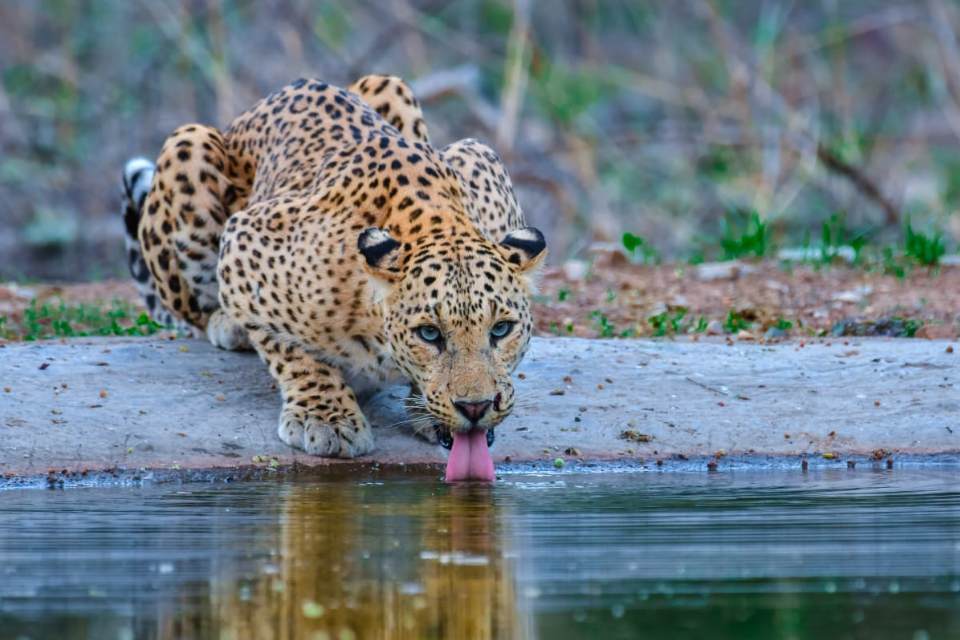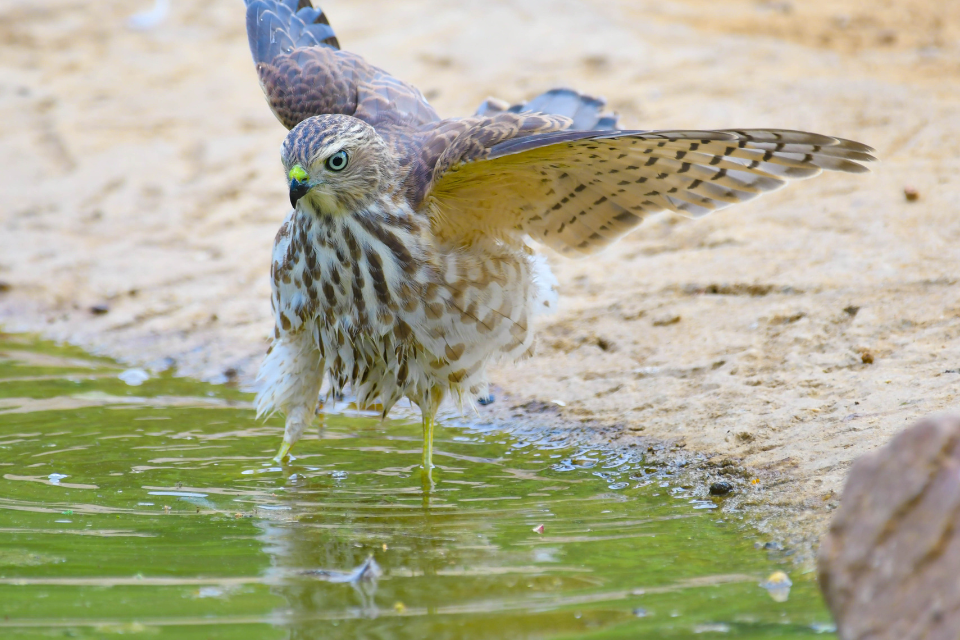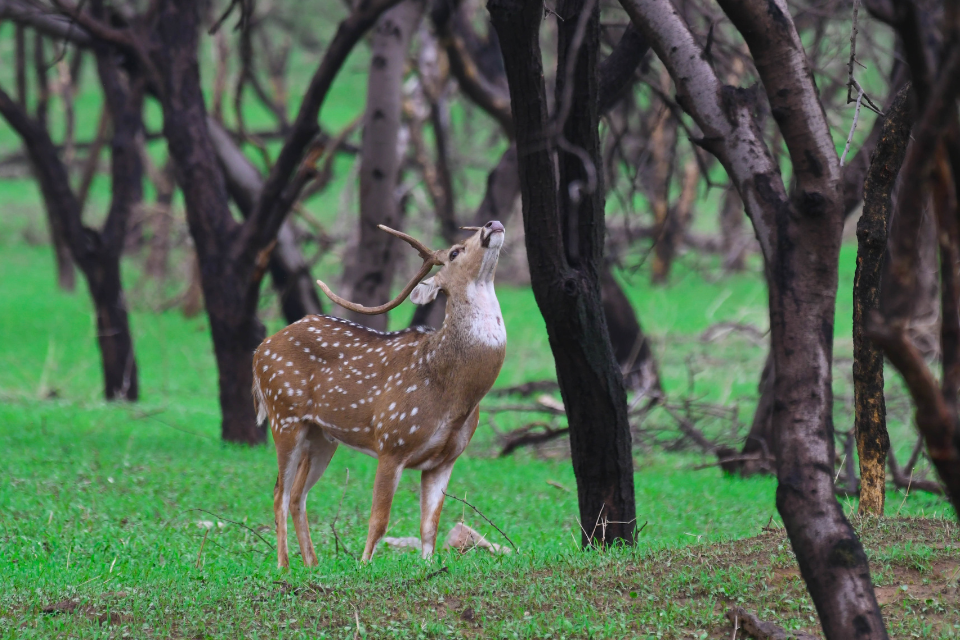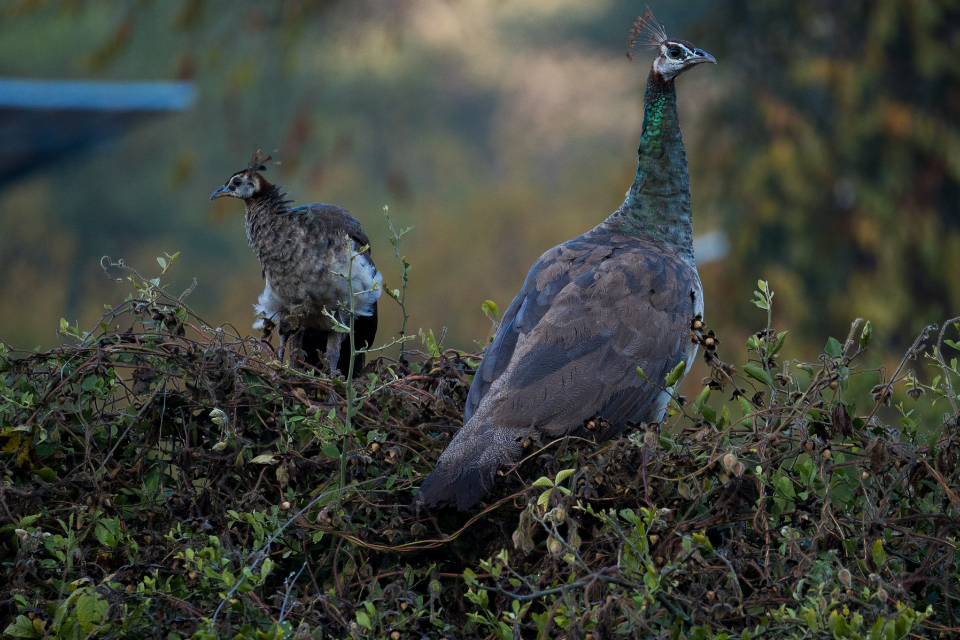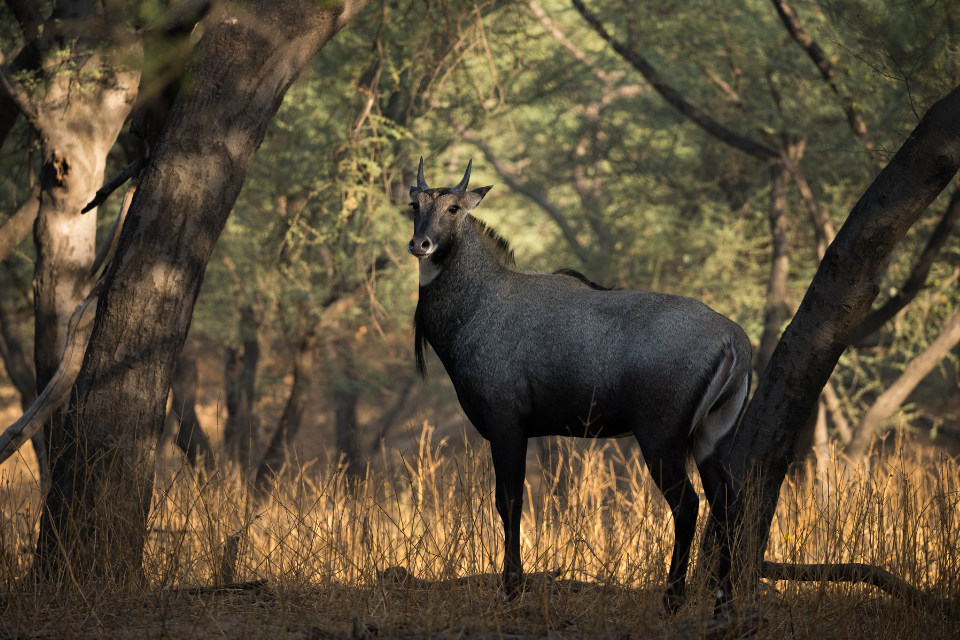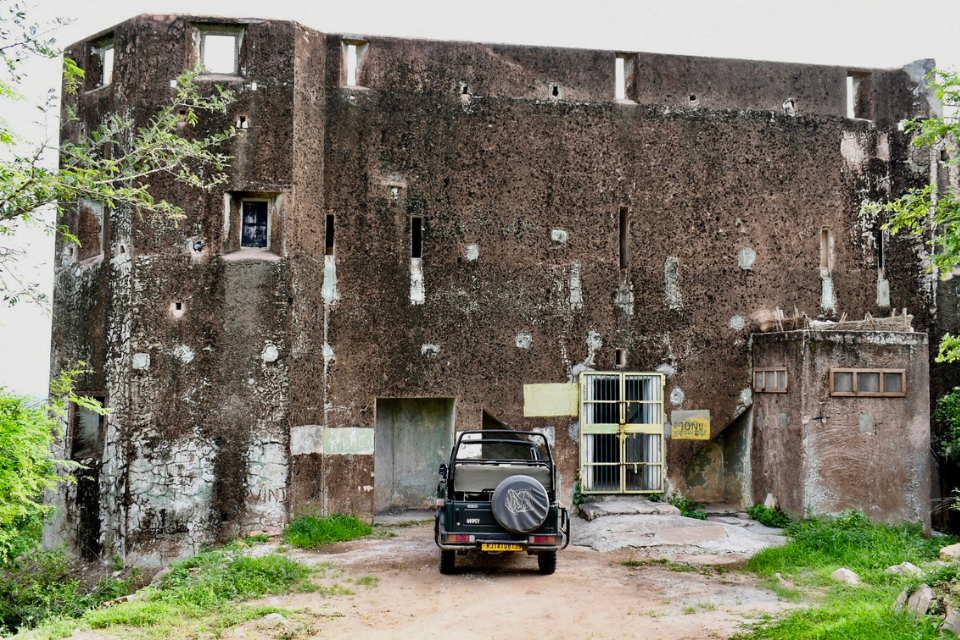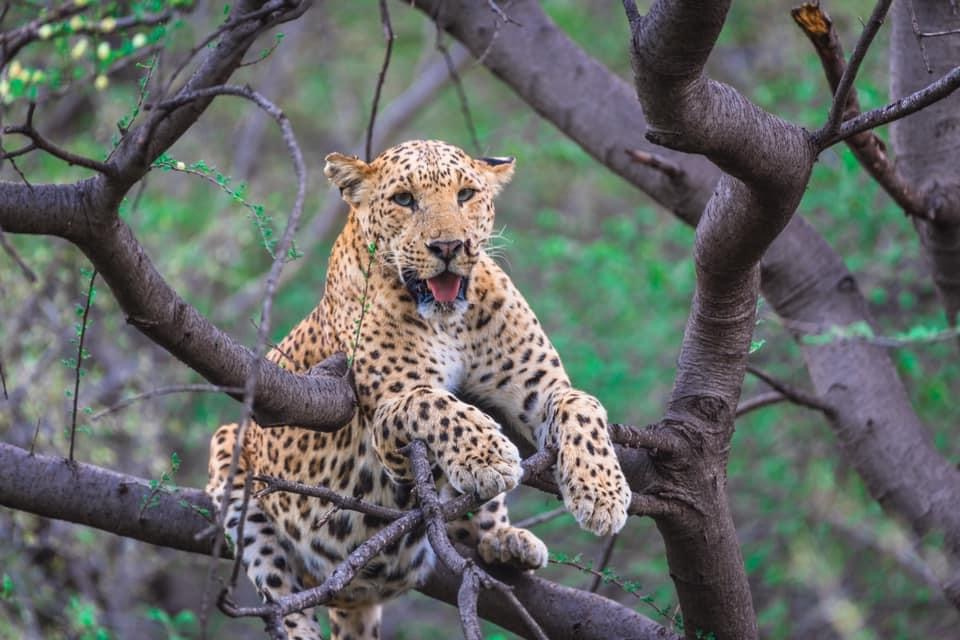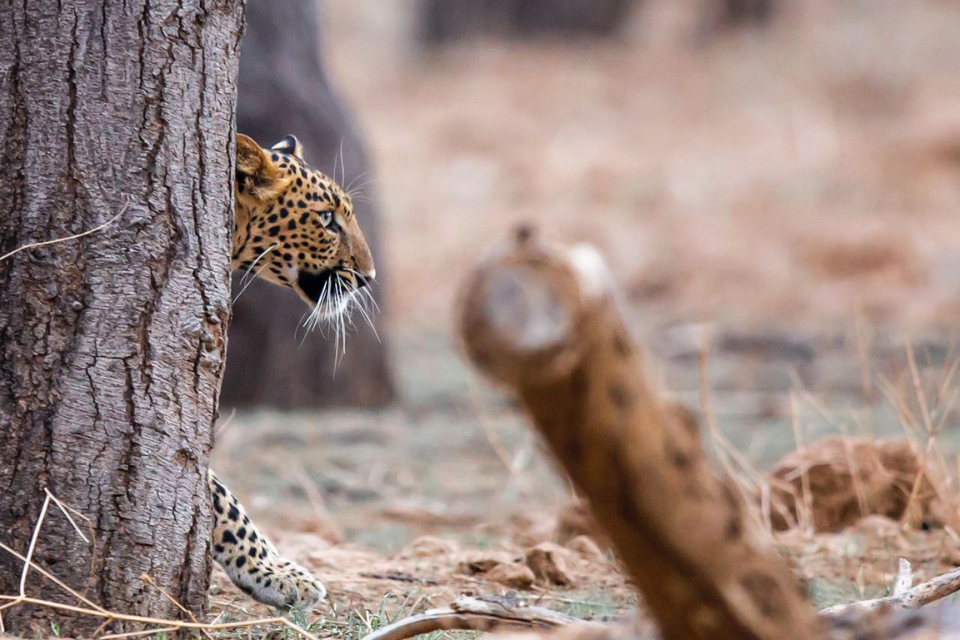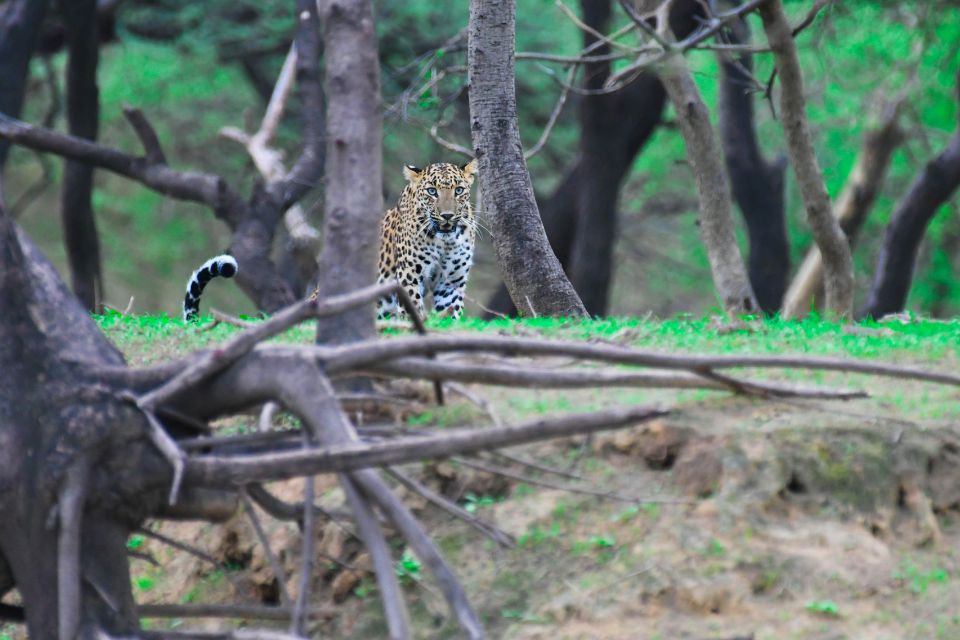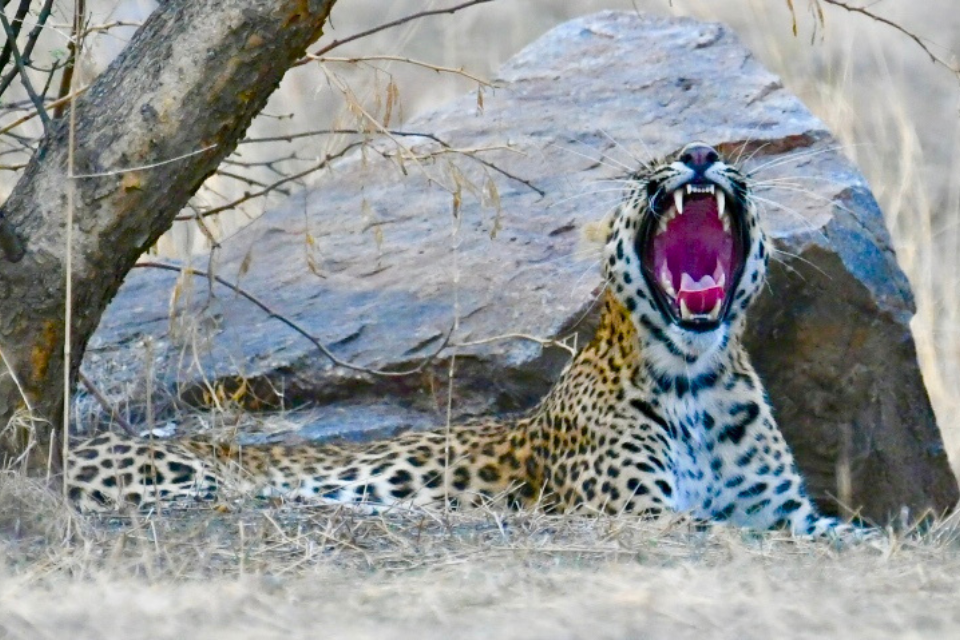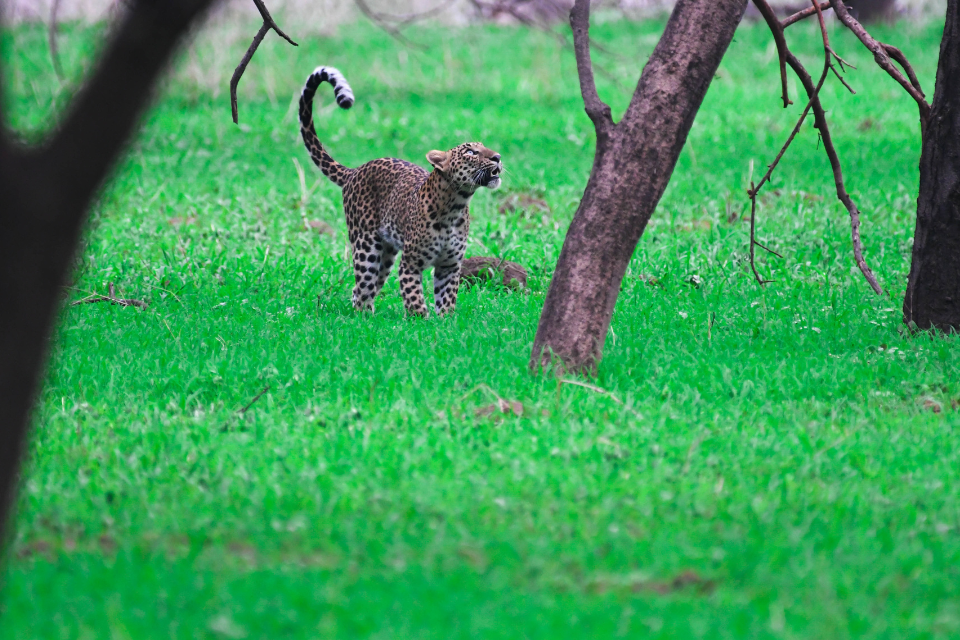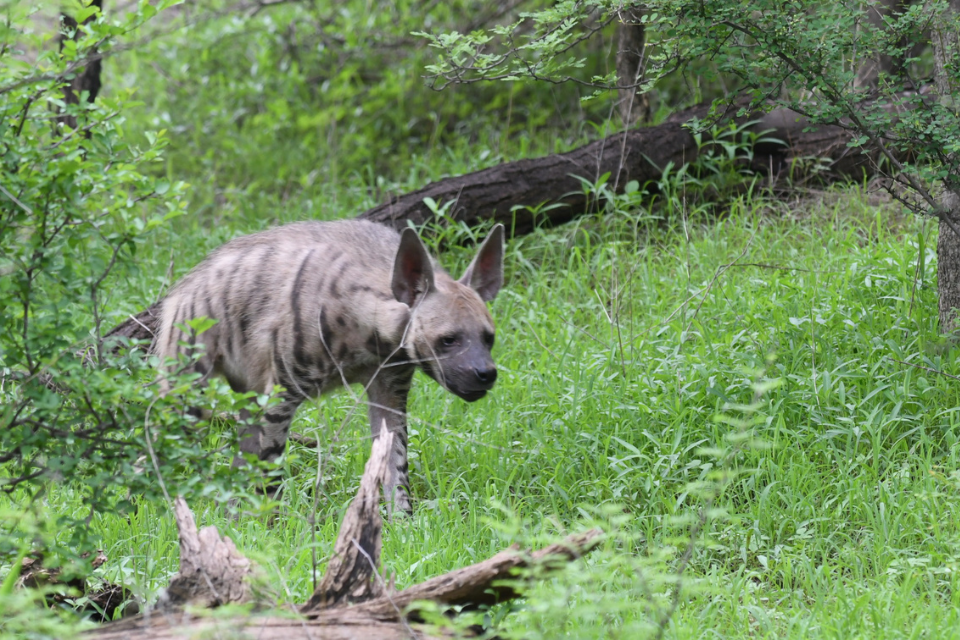- September 26, 2025
Top 10 Insider Secrets for a Stellar Leopard Safari Experience
Leopards are the ghosts of the savannah and forest—present, watching, yet rarely seen on your schedule. While luck plays a role, seasoned guides know that a few quiet strategies dramatically improve the odds of a memorable encounter and the quality of your images. This guide distills those insider moves into 10 practical secrets you can use on your next safari—whether you’re in India’s rocky scrublands, Africa’s acacia savannahs, or the teak forests where leopards slink between sun and shade.
Promise of this guide: Not obvious clichés. You’ll get granular, field-useful tips about timing, vehicle etiquette, shot planning, gear setup, and ethical behavior that actually leads to calmer cats and better frames.
Secret 1: Read Landscapes the Way Leopards Do
Leopards don’t randomly appear; they flow along edges—rocky outcrops, riverine thickets, termite mounds, dry streambeds, and the ecotone (transition) between open ground and cover. These are the “quiet highways” they use to hunt and avoid conflict.
How to apply:
- Scan edge zones where shade meets sun.
- Watch game trails that funnel prey towards cover.
- In rocky terrain, look for elevated rests (boulders, kopjes, fort walls/ruins) where leopards bask or stash kills.
- When water is scarce, work riparian corridors early and late; water draws prey, prey draws cats.
Photography angle: Pre-visualize compositions at these choke points—shooting lanes, clean backdrops, and potential perches (fallen logs, termite mounds) give you natural “portrait studios.”
Secret 2: Chase Temperature, Not the Clock
Yes, dawn and dusk are classic. But the real driver is thermal comfort. On hot days, leopards often stay put in deep shade till the edge of coolness. On cooler, overcast days—or after rain—they may move earlier and longer.
How to apply:
- After hot midday, be in position 30–45 minutes before the heat breaks; that’s when cats often stretch and relocate.
- On cool, cloudy afternoons, leave camp earlier—movement windows widen.
- Learn wind direction; a breeze can drop perceived temperature and trigger a shift.
Photography angle: Cloud cover = soft box. Use it. It opens mid-day opportunities at iso values that keep detail and color true.
Secret 3: Master the Art of the Sit
Most vehicles over-move. Leopards are masters of stillness; you should be too.
How to apply:
- Pick a likely intercept (shade line, drainage, rocky saddle) and sit quietly 20–40 minutes.
- Shut engines. Voices down. No chair scraping, no metal clanks.
- Watch prey behavior; alarm calls (langurs, chital, francolins) triangulate the cat for you. Silence helps you hear them early.
Photography angle: A set wait lets you lock your exposure, pre-focus on a corridor, and be ready for that 3-second pass-through.
Secret 4: Work the Wind Like a Predator
Leopards approach with wind in their face; prey scent carries to them, and your scent carries away.
How to apply:
- Park downwind of likely routes whenever possible.
- Avoid strong fragrances and aerosol bug sprays before a drive.
- If the wind shifts and a cat starts head-bobbing or staring, you’ve been scented—hold still and wait it out; don’t crowd closer.
Photography angle: Downwind positioning often gives front-lit moments at first light. If you must backlight, expose for highlights and lean into silhouettes and rim-light magic.
Secret 5: Build a “Quiet Rig” and Pre-Dial Everything
Leopard chances vanish with fumble and noise. Build a rig that “disappears.”
Setup checklist:
- Two bodies if you can: a telephoto (400–600mm) and a mid-zoom (70–200/100–400) for environment shots.
- Silent/quiet shutter modes; tape or pad anything that rattles.
- Beanbag or wedge for vehicle window/sill; avoid clattering metal mounts.
- Pre-dial Auto ISO (cap it), minimum shutter (1/800–1/1250 for movement; 1/320–1/500 for static), and back-button focus with single point/expand for threading focus through brush.
- Lens hood on for flare and twig-bounce protection; UV off if it risks reflections at night.
Field trick: Program a custom mode for low light (wider aperture, slower minimum shutter, higher ISO ceiling) and another for action—so you flick, not fiddle.
Secret 6: Anticipate Behavior from Small Clues
Leopards telegraph intent with micro-moves.
What to watch:
- Tail tip flicks + ears forward = alert, possible movement.
- Head up, stare, freeze = prey sighted. Get ready for a slow stalk—no sudden vehicle moves.
- Repeated glances up trees = likely ascent or checking a cached kill.
- Grooming then yawn/stretch near dusk = pending relocation.
Photography angle: When the head rises and the eyes track, shift to continuous AF and bump shutter speed. Pre-compose for where the cat will be in 2 seconds, not where it is now.
Secret 7: Respect a “Rule of One Vehicle” (Even When Not Enforced)
Crowding kills sightings and ethics. It also ruins behavior.
How to apply:
- If you find a cat, call it in responsibly (if radio protocol exists), then rotate—one vehicle on the animal, others staged at a respectful distance with timed swaps.
- If you arrive late to a crowd, hang back and watch exit routes; you may get the best, cleanest view when the leopard leaves.
- Never cut off a cat’s path or block escape cover; a stressed leopard melts away for hours.
Photography angle: Your best frames often occur before the convoy arrives or after it disperses. Patience beats pushing forward.

Secret 8: Hunt for Light First, Then for Leopards
Cats will pass in and out of view; light is your constant.
How to apply:
- In mixed woodland, note shafts of predictable light on a path; if a leopard crosses there, you’ll get a luminous, contrasty frame.
- In heavy shade, pivot to mood shots—tight eyes/whiskers, paws draped over branches, textures and negative space.
- After sunset, embrace high ISO and +EV to hold shadow detail; noise is easier to tame than motion blur.
Photography angle: Build a mini-sequence: environment → portrait → behavior → detail. Editors and social feeds love narrative sets, not one heroic shot.
Secret 9: Learn the Prey to Find the Predator
Prey alarms are your GPS; prey movements are your ETA.
How to apply:
- Langur & macaque alarm calls: crisp, repetitive, directional—great for tree-line leopards.
- Spotted deer/chital: stomp + bark toward threat; watch their gaze to triangulate.
- Sambar: deeper resonant calls—often a big cat alert; respect with caution and patience.
- Birds (drongos, francolins, babblers): agitated chatter in a moving wave often trails a cat through shrub.
Photography angle: When alarms ebb, the cat may have sat down. That’s your cue to switch from drive-by scanning to sit-and-wait at the nearest shade cluster.
Secret 10: Be the Guest a Leopard Would Tolerate
Ethics aren’t “nice-to-haves”; they’re sighting multipliers. Calm cats stay visible longer.
Golden rules:
- Engines off near cats; whispers only.
- No baiting, no calls, no encouraging guides to push boundaries.
- Zero litter, zero off-track driving where it’s not permitted.
- No flash at night; night eyes are sensitive—use permitted, responsible lighting or embrace silhouettes.
- Time cap your stop if others are waiting—share the sighting, keep pressure low.
Photography angle: Ethical distance creates natural behavior—stretches, yawns, tree climbs—that beat any forced frame.
Bonus Section: Pro Photo Workflow That Saves Sightings
- Before the drive: Clean sensors, format cards (dual-slot redundancy on), batteries topped, lenses wiped.
- On the drive: Hood on, cap off, camera always in lap or beanbag (not in a bag).
- During the sighting: Shoot short bursts, then breathe—review histogram, not just thumbnail brightness.
- After the drive: Back up to two places; flag “keepers,” jot quick notes (light, behavior, location) while memory is fresh.
Common Mistakes to Avoid
- Chasing radio chatter instead of reading habitat.
- Constant repositioning that spooks cats or puts you in harsh angles.
- Over-tight framing—you miss tail language, environment storytelling, and leading lines.
- Ignoring wind and thermals.
Focusing on the spot pattern instead of the eyes—viewers connect with gaze.
What to Pack (Beyond the Obvious)
- Neutral-toned clothing and a thin fleece (mornings bite).
- Lens cloths + rocket blower for dust.
- Gaffer tape to quiet dangling clips.
- Headlamp with red mode for camp (saves night vision).
- Dry bag for sudden showers or dust storms.
- Electrolytes & snacks so you can extend a promising wait without returning to camp.
Sample Half-Day Leopard Strategy (You Can Copy)
- Pre-dawn: Check wind; choose an edge route (dry stream + shrub).
- First light: Park downwind near a shade corridor; sit 20 minutes.
- Alarms spike: Don’t drive straight in. Re-plot an intercept along cover.
- Mid-morning heat rises: Move to rocky perches or fig trees—nap time spots.
- Before exit: Pass one water/riverine pinch point where prey congregates.
- If cloudy/cool: Extend scanning; cats may move longer—worth one extra loop.
Responsible Travel Note
Leopard landscapes overlap with local communities and fragile ecosystems. Choose lodges and operators that invest in anti-poaching, corridor protection, guide training, and community livelihoods. Your patience and choices directly shape how relaxed wildlife will be for the next guest (and for your next trip).
FAQs (9 quick answers)
1) What time is best to see leopards?
Dawn and dusk are strong, but let temperature and wind guide you. Cool, overcast days can produce great mid-day movement.
2) How do I tell if a leopard will move soon?
Look for tail-tip flicks, ear focus, and yawns followed by stretches—the prelude to relocation.
3) Are night drives better?
Only where legally permitted and with ethical lighting. Night can be phenomenal, but never spotlight eyes or harass cats.
4) What lens should I bring?
A 100–400/200–500 or 400–600 for reach, plus a 70–200 for context. Two bodies reduce lens swaps (and dust).
5) How do I avoid soft images in low light?
Use Auto ISO with a sensible cap, open aperture wide, stabilize on a beanbag, and keep shutter at 1/320–1/800 based on movement.
6) What’s the single biggest behavior clue from prey?
Consistent, directional alarm calls plus animals staring in one direction. Follow their eyes, not other vehicles.
7) Is it okay to reposition often for a better angle?
Only if it doesn’t cut off the leopard’s path or add pressure. Many times, the best move is no move.
8) Can I use flash?
Avoid it—especially in low light. It’s intrusive and ruins the mood. Push ISO and embrace natural ambience.
9) Any etiquette when it’s crowded?
Aim for a one-vehicle rule near the cat, rotate fairly, engines off, voices low, and time-cap your viewing.
Final Take
Leopard success is rarely about speed. It’s about reading edges, moving with the wind, knowing when to sit, and building a quiet, pre-dialed rig. Add ethical patience and you’ll see more natural behavior, which leads to better photographs and stories—the kind that stay with you long after the dust settles.
Booking With Us (Optional but Recommended)
If you want these tactics applied for you, our field team designs leopard-first, ethics-led drives:
- Edge-zone route plans tailored to local terrain.
- Dedicated photo seats & beanbags, plus quiet-rig setup.
- Radio etiquette & rotation to reduce crowding.
- Behavioral briefings so you read the bush, not the rumor mill.
- Post-safari image review & feedback to accelerate your learning.
Book via our website for priority vehicle placement, guide pairing that matches your style (photography or natural history), and transparent conservation contributions tied to your trip.
Disclaimer All images used in this blog are either sourced from public domain or credited to their respective owners. If you are the copyright holder of any image and wish to request its removal or proper attribution, please contact us at [email protected]
